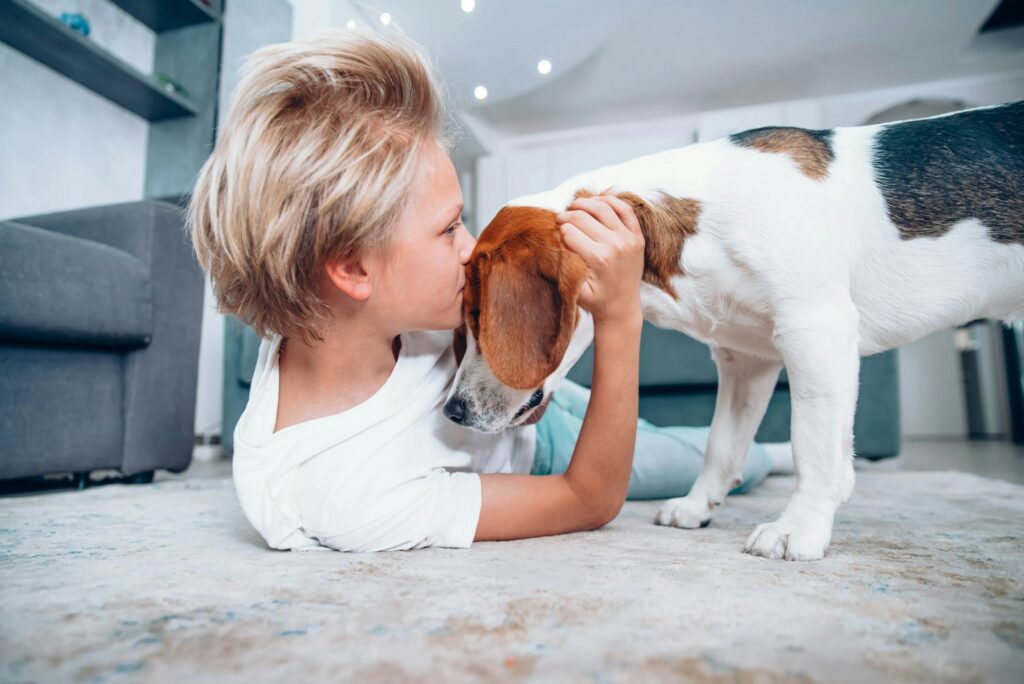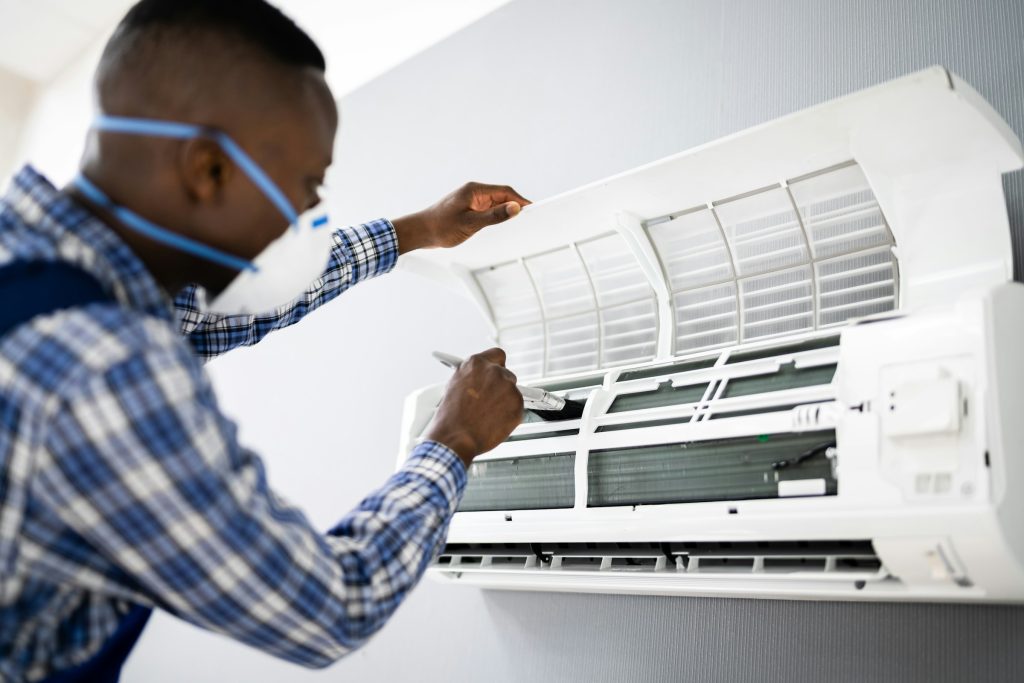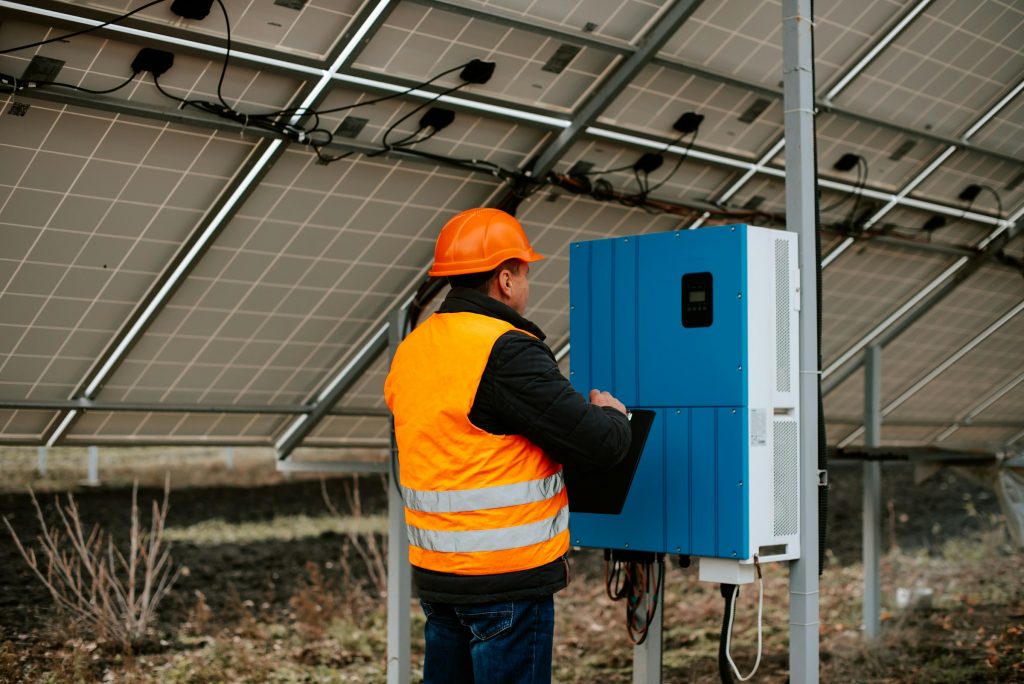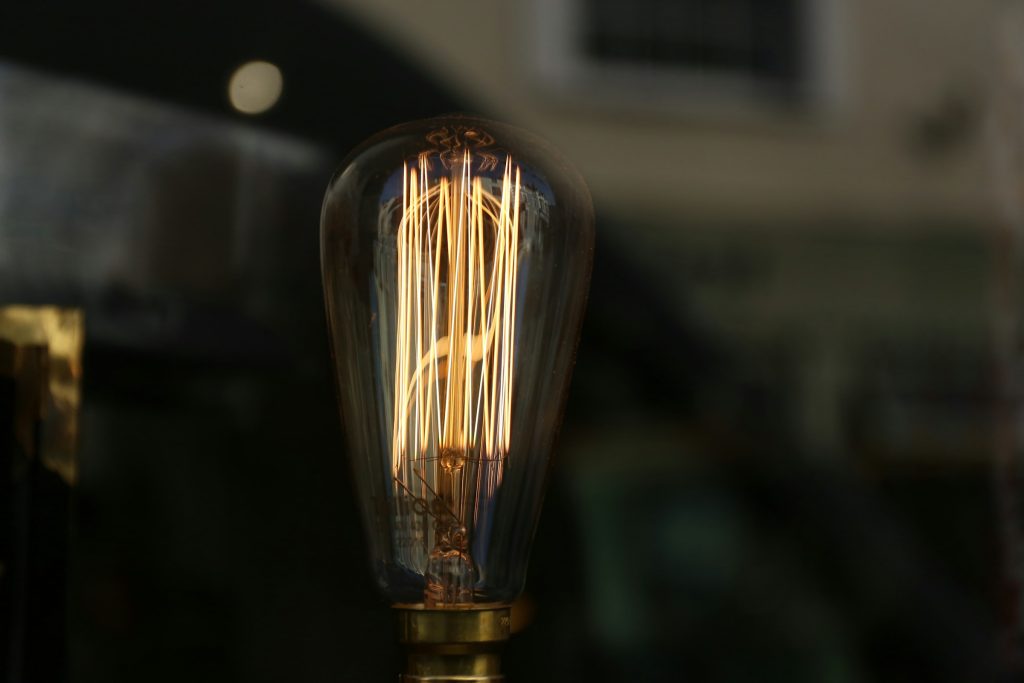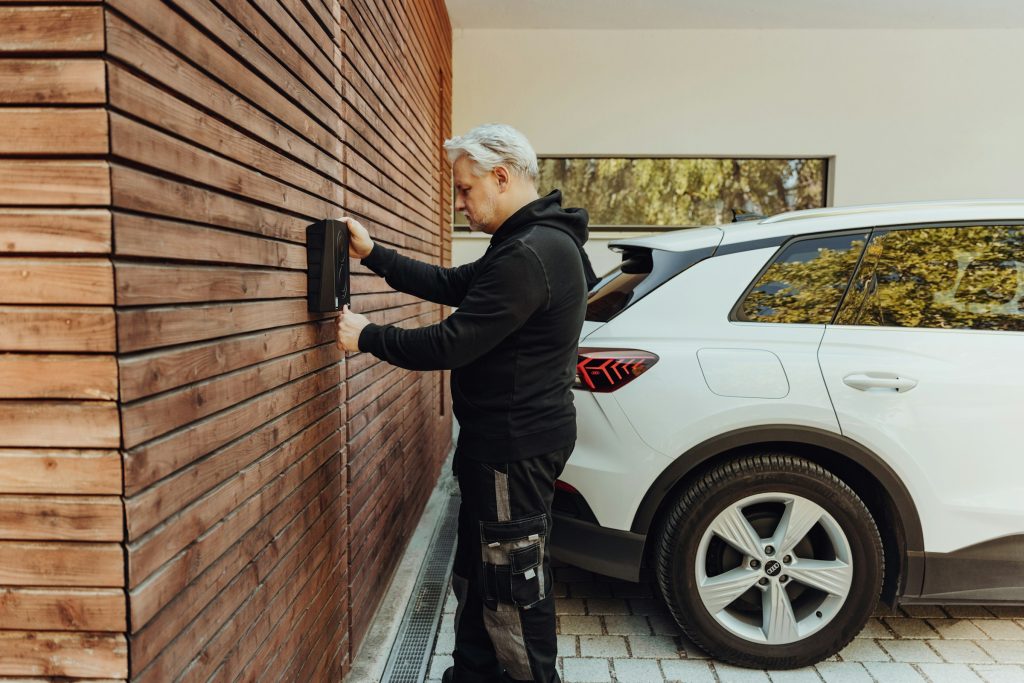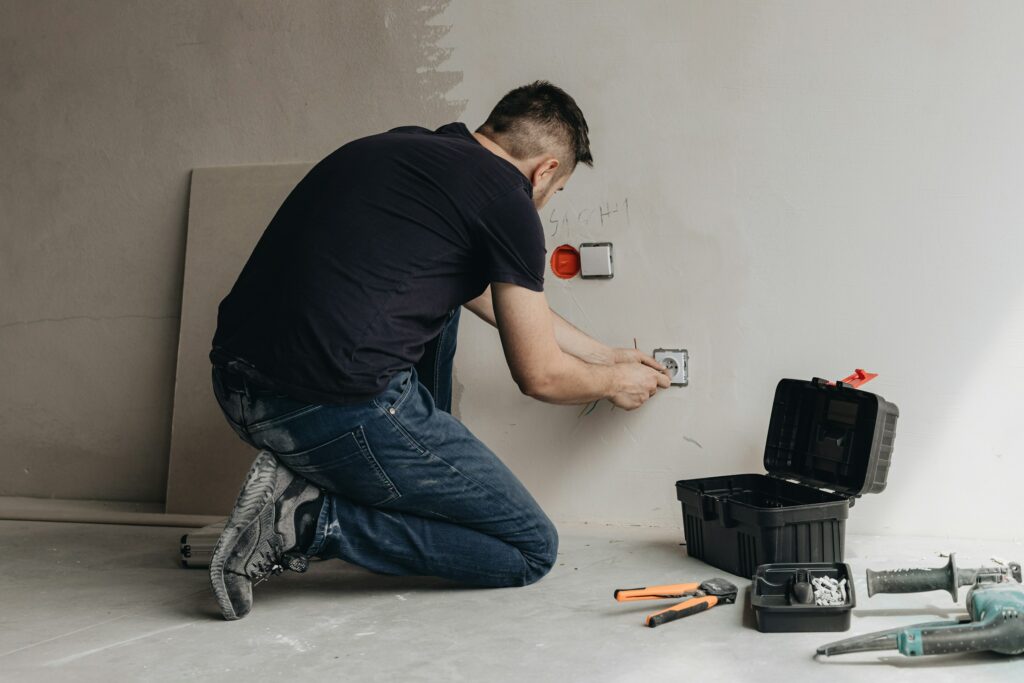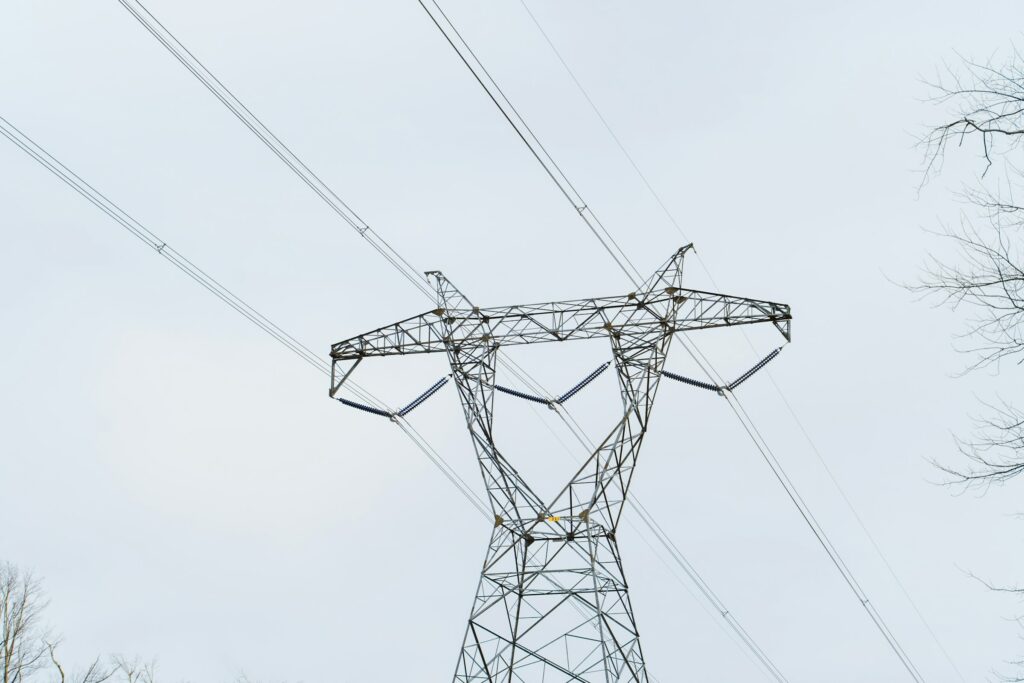As a pet owner, you know that the safety and well-being of your furry companions are of utmost importance. While you may have taken steps to pet-proof your home, one aspect often needs to be addressed: electrical safety. Unbeknownst to many, everyday electrical devices and appliances can pose significant risks to your pets.
In this article, we’ll delve into the world of electrical safety for pet owners, uncovering the hidden dangers and providing essential tips to keep your beloved animals safe from harm.

The Importance of Electrical Safety for Pets:
It’s no secret that pets are curious creatures. They love exploring their surroundings, often using their mouths to investigate objects that pique their interest. Unfortunately, this natural curiosity can lead them straight into the path of electrical hazards. From chewing on cords to accidentally knocking over lamps, pets are vulnerable to electrical shocks, burns, and electrocution.
Approximately 500,000 pets are affected by home fires annually, and nearly 1,000 of them are started by pets. Common culprits include stoves and cooktops. Ensuring pet safety from electrical hazards is crucial for all pet owners .
These incidents not only cause physical harm but can also result in costly veterinary bills and emotional distress for both pets and their owners. Understanding the risks and implementing proper electrical safety measures can significantly reduce the chances of your pet falling victim to these preventable accidents.
Common Electrical Hazards for Pets:
To effectively protect your pets from electrical dangers, it’s crucial to identify the most common hazards found in homes. Some of these include:
- Exposed electrical cords and wires
- Loose or frayed plugs
- Overloaded power strips and outlets
- Unsecured electrical appliances
- Chewed or damaged cords
- Improperly grounded devices
- Outdoor electrical hazards (e.g., extension cords, lighting fixtures)
Essential Tips for Ensuring Electrical Safety for Pet Owners
Now that you know the potential risks, it’s time to take action. Here are some essential tips to help you create a safer electrical environment for your pets:
- Keep cords and wires out of reach: Use cord covers, tape down loose wires, and tuck them behind furniture to prevent your pet from chewing or playing with them.
- Unplug appliances when not in use: This simple habit reduces the risk of accidental shocks and prevents curious pets from tampering with plugged-in devices.
- Invest in pet-proof cord protectors: These durable covers are designed to withstand chewing and provide extra protection for your electrical cords.
- Regularly inspect cords and plugs: Check for signs of damage, fraying, or exposed wires, and replace them immediately if necessary.
- Use GFCI outlets: Ground Fault Circuit Interrupter (GFCI) outlets are designed to prevent electrical shocks and are particularly important in areas where water is present, such as kitchens and bathrooms.
- Secure electrical appliances: Ensure that lamps, fans, and other appliances are stable and cannot be easily knocked over by your pet.
- Educate your family members: Make sure everyone in your household understands the importance of electrical safety for pets and follows the established guidelines.
What to Do in Case of an Electrical Emergency:
Despite your best efforts, accidents can still happen. If you suspect your pet has suffered an electrical injury, acting quickly and calmly is essential. Here’s what you should do:
- Safely disconnect the power source: Unplug the device or turn off the main power supply to prevent further harm.
- Assess your pet’s condition: Look for burns, shock, or unconsciousness signs. If your pet is not breathing, begin CPR if you are trained.
- Seek veterinary care immediately: Even if your pet appears fine, it’s crucial to have it evaluated by a veterinarian as soon as possible. Internal injuries may not be immediately apparent.
- Document the incident: Note the accident’s circumstances, as this information can be valuable for your veterinarian and any potential insurance claims.
Conclusion:
As a responsible pet owner, prioritizing electrical safety is essential to creating a secure and loving environment for your furry friends. By understanding the risks, implementing preventive measures, and being prepared for emergencies, you can significantly reduce the chances of your pet falling victim to electrical accidents. Remember, a little extra vigilance and care can go a long way in ensuring the health and happiness of your beloved companions.
Frequently Asked Questions:
Are certain breeds more prone to electrical accidents?
While all pets are at risk, younger animals and those with a higher prey drive (e.g., cats and terriers) may be more likely to chew or play with electrical cords.
Can I use human first-aid techniques on my pet in case of an electrical emergency?
While some human first-aid techniques, such as CPR, can be adapted for pets, seeking professional veterinary care is crucial. Attempting to treat your pet without proper knowledge can potentially cause more harm.
How often should I inspect my home for electrical hazards?
It’s a good idea to conduct a thorough inspection of your home’s electrical safety at least once a year, or more frequently if you have a particularly curious or mischievous pet.
